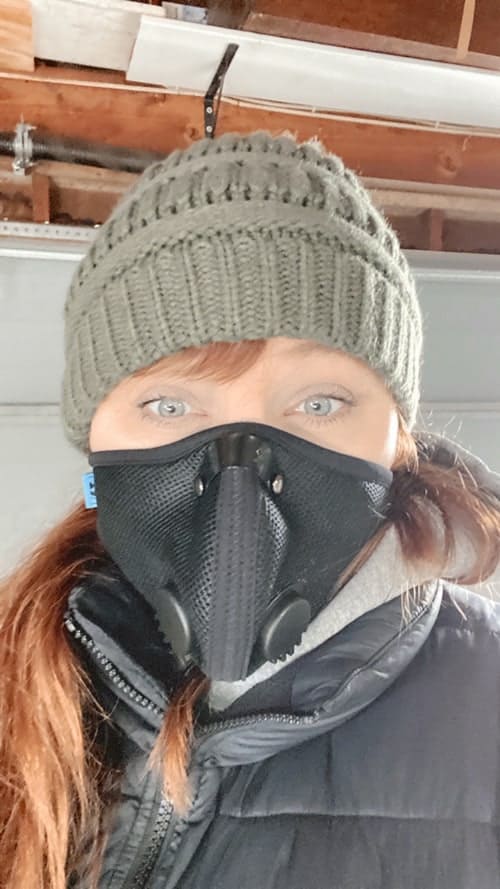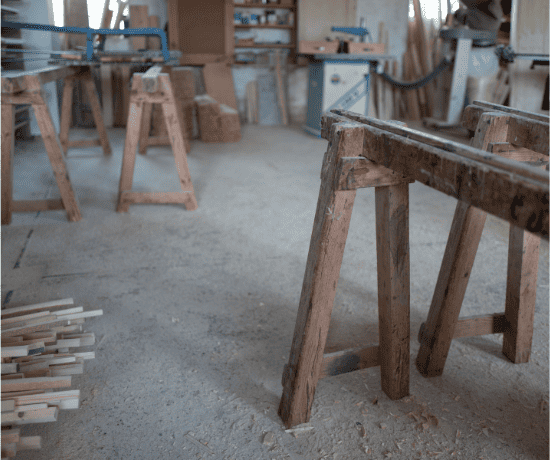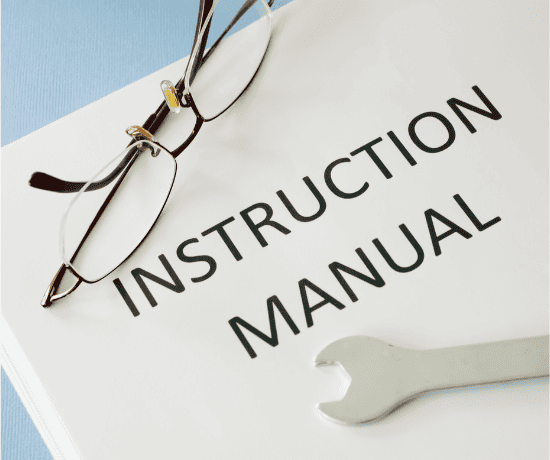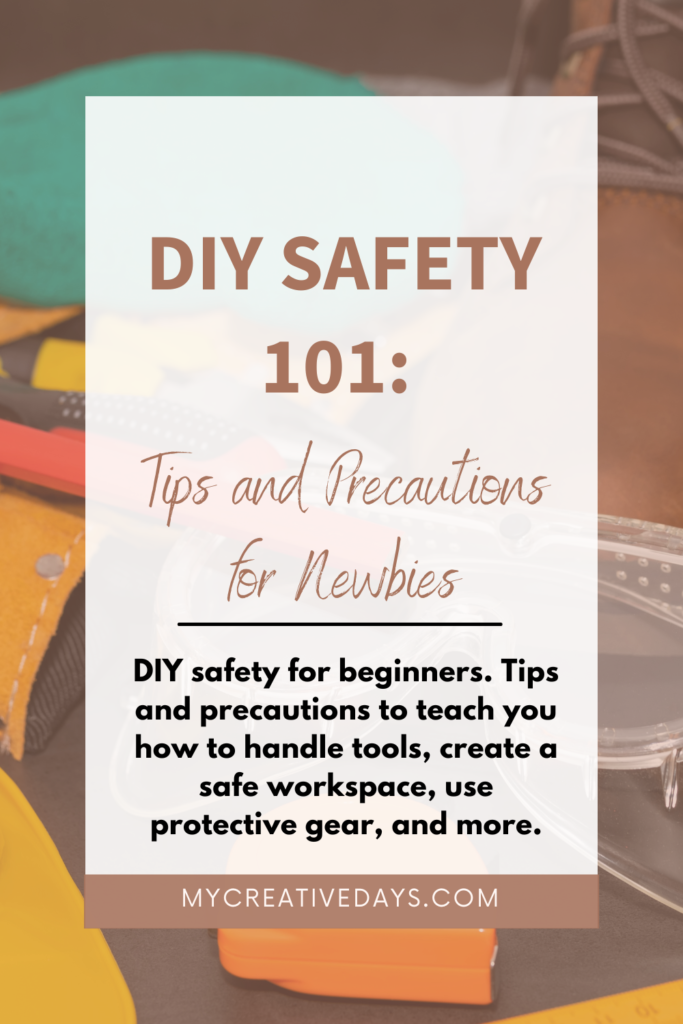DIY safety for beginners. Tips and precautions to teach you how to handle tools, create a safe workspace, use protective gear, and more.
Engaging in DIY projects can be a fulfilling and rewarding experience. However, it’s crucial to prioritize safety to ensure a successful and accident-free endeavor. In this post, we’ll delve into DIY Safety 101, providing essential tips and precautions for beginners. By following these guidelines, you can confidently embark on your DIY projects while keeping yourself and others safe. Let’s dive in!
-
Educate Yourself:
Before starting any DIY project, take the time to research and educate yourself about the specific tools, materials, and techniques involved. Understand the potential hazards and safety measures associated with each step.

-
Use Protective Gear:
Always wear appropriate protective gear, including safety goggles, gloves, and a dust mask when necessary. Protecting your eyes, hands, and lungs should be a top priority to prevent injuries and exposure to harmful substances. I have been on the hunt for masks and I have found the best masks for DIYers! These are comfortable to wear, they aren’t hard to put on and you can breathe in them! They are the best!
-
Proper Tool Handling:
Familiarize yourself with the correct handling and usage of tools. Read the manufacturer’s instructions, learn proper grips, and maintain a firm grip while using tools to avoid accidents. Never use damaged or faulty tools and keep them out of the reach of children.

-
Create a Safe Workspace:
Set up a well-organized and clutter-free workspace. Ensure adequate lighting and ventilation. Keep walkways clear to avoid tripping hazards and establish a designated area for tools and materials.
-
Electrical Safety:
When working with electrical tools, always unplug them when not in use and handle them with dry hands. Use grounded outlets and proper extension cords to prevent electrical shocks or fire hazards.
-
Practice Fire Safety:
Be cautious when using heat sources, such as soldering irons or heat guns. Keep a fire extinguisher nearby and familiarize yourself with its usage. Never leave heat sources unattended, and avoid flammable materials in close proximity.
-
Work with a Buddy:
For complex or heavy-duty projects, consider working with a buddy. Having an extra set of hands can enhance safety by providing assistance and ensuring a smoother workflow.

-
Follow Instructions:
Read and follow project instructions carefully. Use materials and tools as recommended to prevent accidents. If you encounter difficulties or uncertainties, seek guidance from experienced DIYers or professionals.
-
Secure Your Workpiece:
Ensure your workpiece is securely fastened or stabilized before working on it. Unstable objects can lead to accidents and injuries. Use clamps or appropriate supports to hold items firmly in place.
-
Know Your Limits:
Be realistic about your skills and abilities. Start with simple projects that match your current expertise level. As you gain confidence and experience, gradually take on more challenging tasks.
DIY projects can be immensely satisfying, but safety should always be the top priority. By following these essential tips and precautions, you can confidently embark on your DIY journey, minimizing the risk of accidents and injuries. Remember to educate yourself, use protective gear, create a safe workspace, and practice caution throughout the process. By doing so, you’ll enjoy the rewards of your DIY accomplishments while keeping yourself and others safe. Happy DIYing!
Not only do I share all of our DIY projects here on the blog, but I upload DIY videos every week to my YouTube channel. You can find all the videos HERE. Make sure to SUBSCRIBE when you are over there so you don’t miss out on any of them!
PIN THIS POST!

If you liked this DIY safety post, you will also love these posts:
Beginner DIY Tools That Will Save You Thousands!

